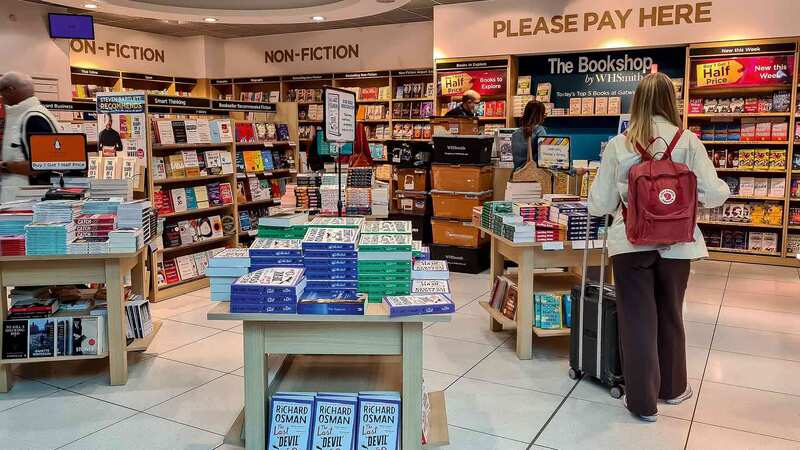You are viewing your 1 free article this month. Login to read more articles.
Tough US market contributes to export drop, PA figures suggest
The colouring book boom and continued strength in UK education publishing was not enough to compensate for tough export markets in 2015, notably in the US, according to statistics collated by the Publishers Association. The invoiced value of UK publishers’ sales of books for export fell 3% year on year in total, to £1.4bn (£1.5bn in 2014), a steeper dip than last year’s decline of 1%.
The drop was similar across both physical and digital sales, with the largest decreases seen in children’s book exports (down nearly 20% from £108m to £87m), attributed to the falling sales of The Hunger Games trilogy and John Green’s YA bestsellers. Academic/professional books and English Language Teaching (ELT) also dropped, by smaller percentages but from more significant sums—by 6% to £545m, and by 3.1% to £250m, respectively.
However, boosted by colouring books, the non-fiction/reference category saw a 5.9% increase year on year to £240m, while school books were up 2.6% to £129m and fiction saw a welcome rise (+0.6% to £170m) following steep drops in previous years. The territories showing the biggest drops in physical book exports were North America (down nearly 18% to £114m) and Australasia (down £12.6% to £103m). Physical sales to Europe dropped nearly 5% (£439m).
Those with the biggest increases were the territories the PA calls “Other Americas”, with sales up by just over 10% on 2014 (to £70m), and the Middle East/North Africa region (sales up 7.4% to £189m).
Academic/professional remained the largest category for sales by value, at 38% of the total, though its share was down slightly from last year’s 40%. Digital formats accounted for 15% of the total invoiced value of exported books, level with 2014’s figure.
In physical books, average invoiced prices rose 3%, reflecting the 6%–7% price rises in school and academic/professional books and marginal increases elsewhere.
In digital, school books (up 56.8% year on year to £3m) and ELT (up by just under 29% to £13m) were the star performers. Over the past five years (2011–2015) school books have thrived, showing a 16.5% increase by invoiced value in physical sales and a digital export increase by invoiced value of 369%. In physical books, non-fiction/ reference was the only sector to show export unit growth over the five-year period.
Stephen Lotinga, chief executive of the PA (pictured), commented: “Publishers have not been exempt from the fragile global economic environment facing all export businesses. Strong growth in developing markets, such as the Middle East and South America, has been very welcome, but the macroeconomic difficulties facing the North American and European markets have, not surprisingly, had an impact.”
He added: “These export figures demonstrate the continuing international demand for UK- published material, whether that be the latest fiction bestseller, our world-renowned scientific journals or textbooks for the classroom. At a time when the government is looking to increase the number of businesses selling their wares overseas, it could do a lot worse than look to the success of the publishing industry as a model.”
Full details of UK publisher sales will be in the PA Statistics Yearbook 2015, to be published in May.

















